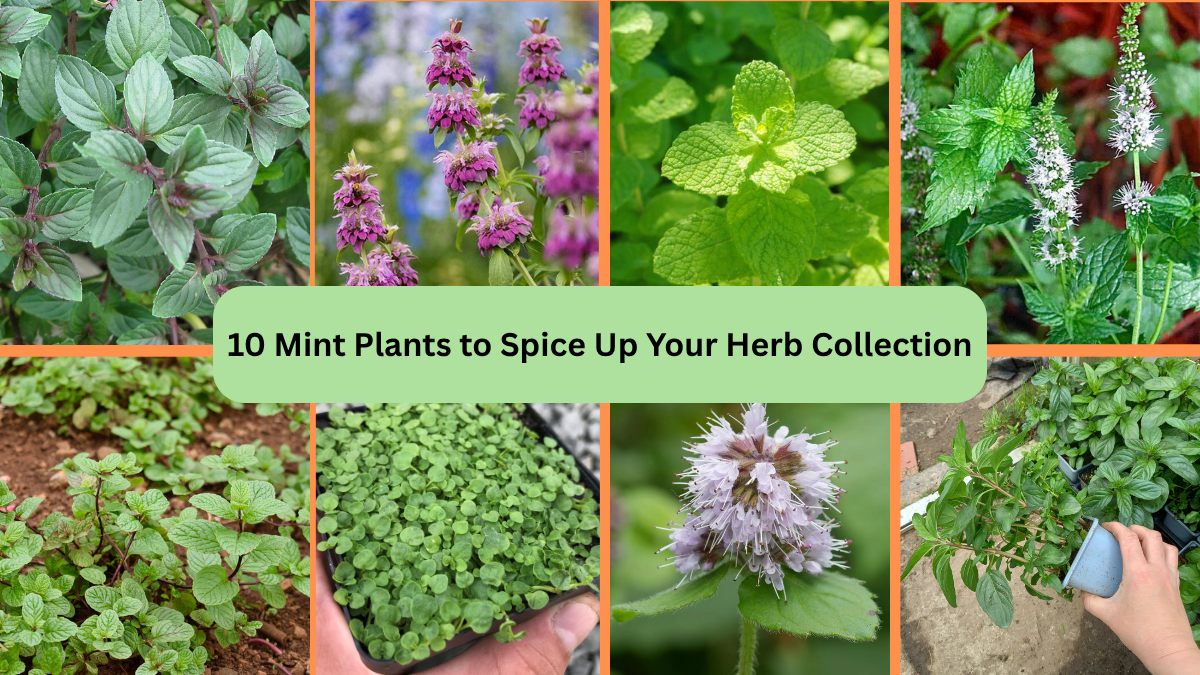Few herbs are as refreshing, versatile, and easy to grow as mint. Its aromatic leaves add flavor to drinks, desserts, and savory dishes, while its invigorating scent makes any garden feel fresh and lively. But did you know there are dozens of unique mint varieties beyond the classic spearmint and peppermint? From chocolatey notes to fruity overtones, these mint plants will add new dimensions to your kitchen garden and herbal teas. Let’s dive into 10 delightful mint varieties to spice up your herb collection.
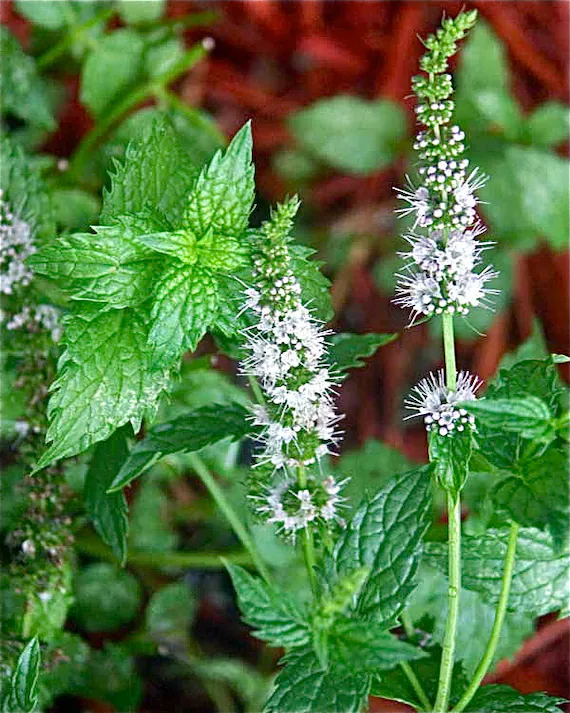
1. Peppermint (Mentha × piperita)
One of the most popular mint varieties, Peppermint boasts a cool, intense flavor perfect for teas, candies, and desserts. Its dark green leaves have a high menthol content, giving it a sharp, refreshing aroma and taste. It’s a vigorous grower and thrives in containers or garden beds with partial shade and moist soil. Besides culinary uses, Peppermint also has soothing medicinal properties, easing digestion and headaches. Its vibrant foliage and invigorating fragrance make it a must-have for any herb garden.
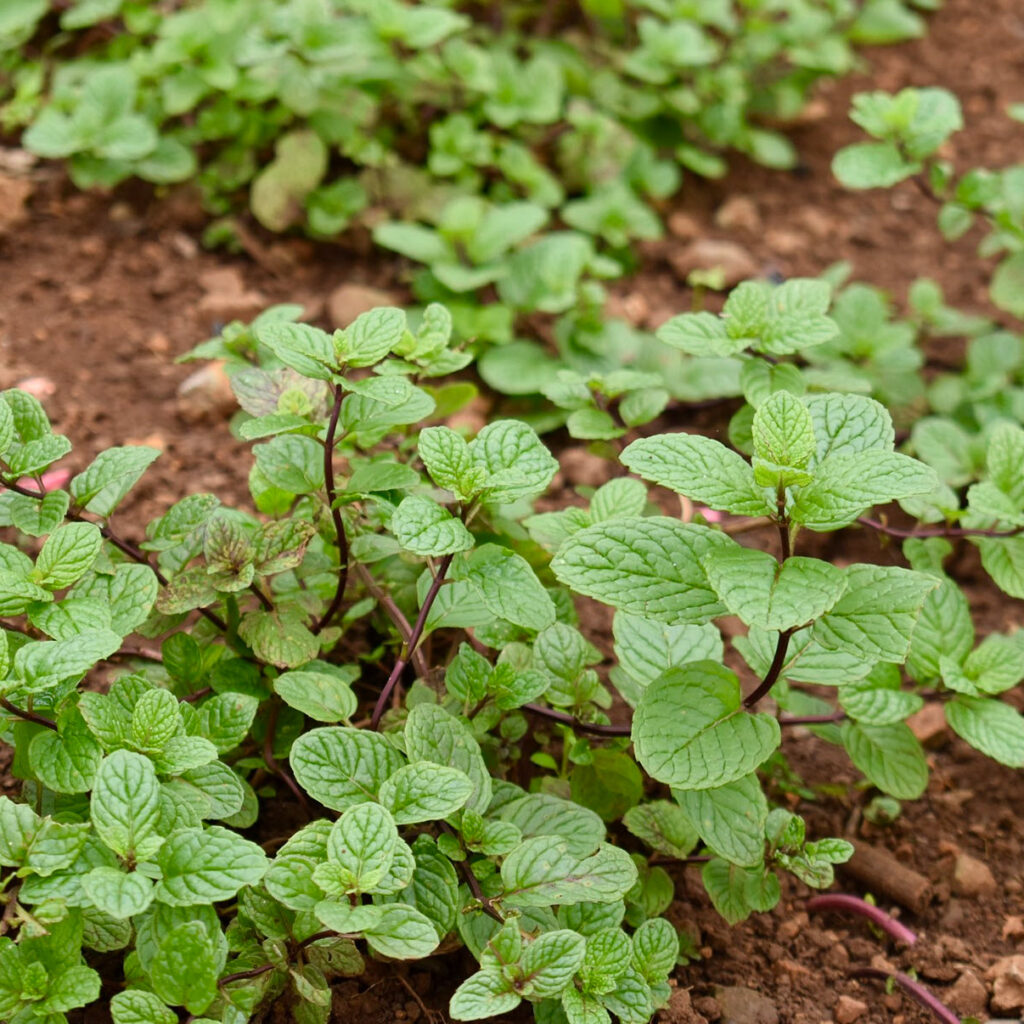
2. Spearmint (Mentha spicata)
Spearmint offers a sweeter, milder flavor than Peppermint, making it ideal for mojitos, sauces, and salads. Recognized by its bright green, pointed leaves and slender stems, Spearmint is easy to grow and thrives in both garden beds and pots. It prefers well-draining, moist soil and full to partial sun. Aside from culinary uses, its soothing aroma makes it a favorite in homemade beauty products and teas. Spearmint is a staple herb every kitchen gardener should grow for its versatility and easy maintenance.

3. Apple Mint (Mentha suaveolens)
With its fuzzy, rounded leaves and subtle fruity aroma, Apple Mint adds a sweet, crisp touch to summer drinks, fruit salads, and herbal infusions. This variety has light green leaves with a soft texture, making it as ornamental as it is flavorful. Apple Mint thrives in partial sun and moist, fertile soil, growing into a bushy, fragrant plant perfect for borders and patio containers. Its refreshing scent also makes it a lovely addition to sachets, potpourri, and natural air fresheners.

4. Chocolate Mint (Mentha × piperita f. citrata ‘Chocolate’)
Chocolate Mint is a treat for the senses, offering a delightful combination of minty freshness with a hint of rich cocoa. Its dark green leaves with purple-tinged stems make it an attractive plant for containers and garden beds alike. Ideal for desserts, teas, and garnishes, this mint variety thrives in moist, well-drained soil with partial sun. Its enticing scent and unique flavor profile make it a favorite for bakers and mixologists alike. Try it in hot chocolate or ice cream for a fun twist.

5. Pineapple Mint (Mentha suaveolens ‘Variegata’)
Pineapple Mint stands out with its eye-catching green and creamy-white variegated leaves and mild, fruity aroma. Its subtle pineapple undertones make it perfect for summer drinks, desserts, and fruit salads. This variety is also highly decorative, brightening up herb gardens, patios, or hanging baskets. Pineapple Mint prefers full to partial sun and consistently moist soil. Regular trimming encourages bushier growth and maintains its ornamental appeal. Beyond culinary uses, it adds a fresh scent to potpourri and homemade beauty products.

6. Ginger Mint (Mentha × gracilis)
Ginger Mint, also known as Scotch Mint, brings a subtle spicy warmth to the classic mint flavor. Its smooth, oval leaves are edged with golden variegation, making it an attractive addition to any herb garden. This variety is excellent for culinary uses, especially in chutneys, drinks, and savory dishes that could use a hint of spice. Ginger Mint grows well in full sun to partial shade and prefers moist, well-drained soil. Its aromatic leaves are also wonderful in herbal teas and potpourri.

7. Lemon Mint (Monarda citriodora)
Although technically a member of the Monarda family (Bee Balm), Lemon Mint deserves a spot on this list for its bright, citrusy fragrance and lovely lavender-pink blooms. Its leaves release a lemony scent when crushed, perfect for flavoring teas, desserts, and summer drinks. This hardy herb thrives in sunny locations with well-drained soil and is a magnet for bees and butterflies. Lemon Mint’s cheerful flowers also make it an attractive ornamental plant for garden borders and pollinator-friendly gardens.
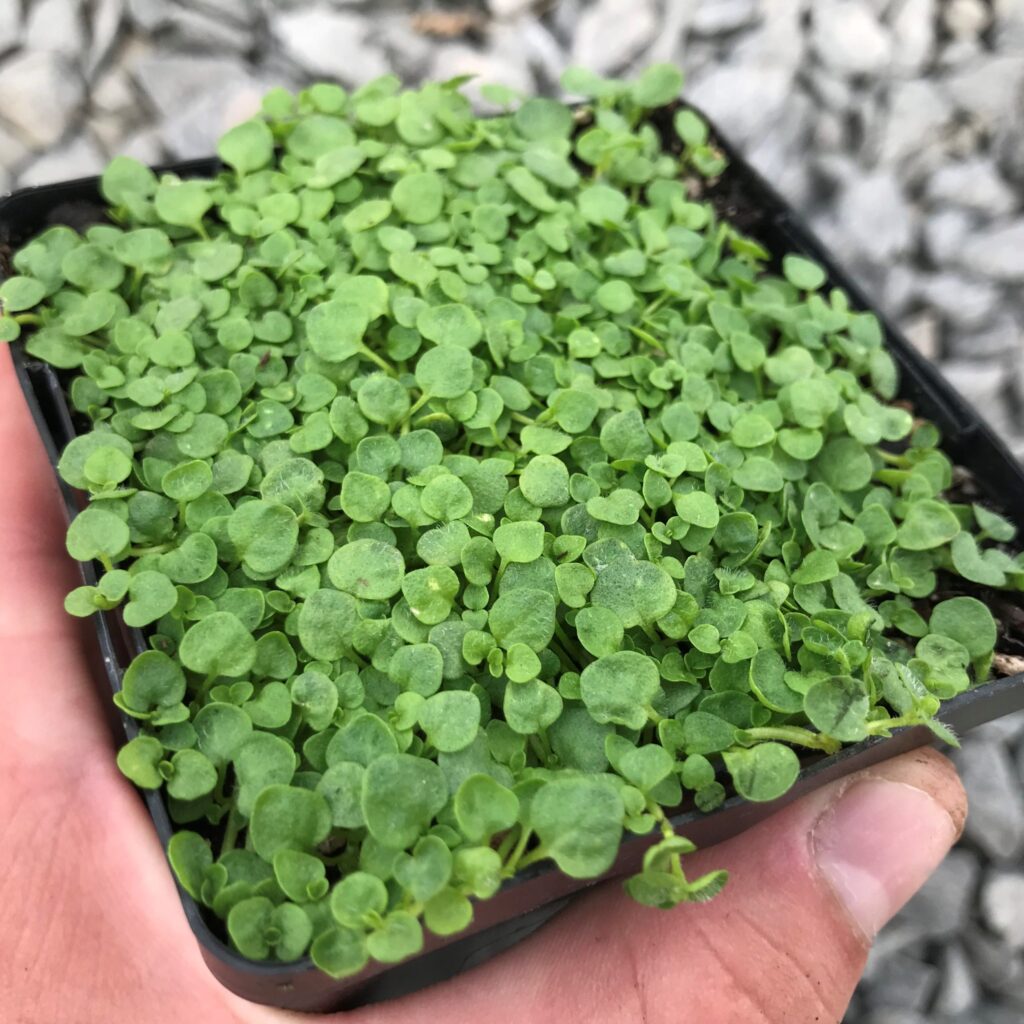
8. Corsican Mint (Mentha requienii)
Tiny but mighty, Corsican Mint features miniature, rounded leaves and a potent peppermint scent. Often used as a fragrant ground cover, this creeping mint forms a dense mat of bright green foliage and produces tiny purple flowers in summer. It thrives in shady, moist areas and is commonly planted between stepping stones or along pathways, where it releases a burst of fragrance when walked on. Corsican Mint is also a key flavoring ingredient in crème de menthe liqueur.

9. Water Mint (Mentha aquatica)
As its name suggests, Water Mint thrives in wet, boggy areas, making it perfect for pond edges and water gardens. It has round, serrated leaves and produces attractive lavender flower clusters in late summer. The leaves emit a strong, slightly earthy mint scent when crushed. Water Mint can be invasive, so it’s often best grown in containers submerged in water features. It’s valued for its natural ability to freshen air and deter mosquitoes while adding a lush, aromatic touch to damp garden spots.
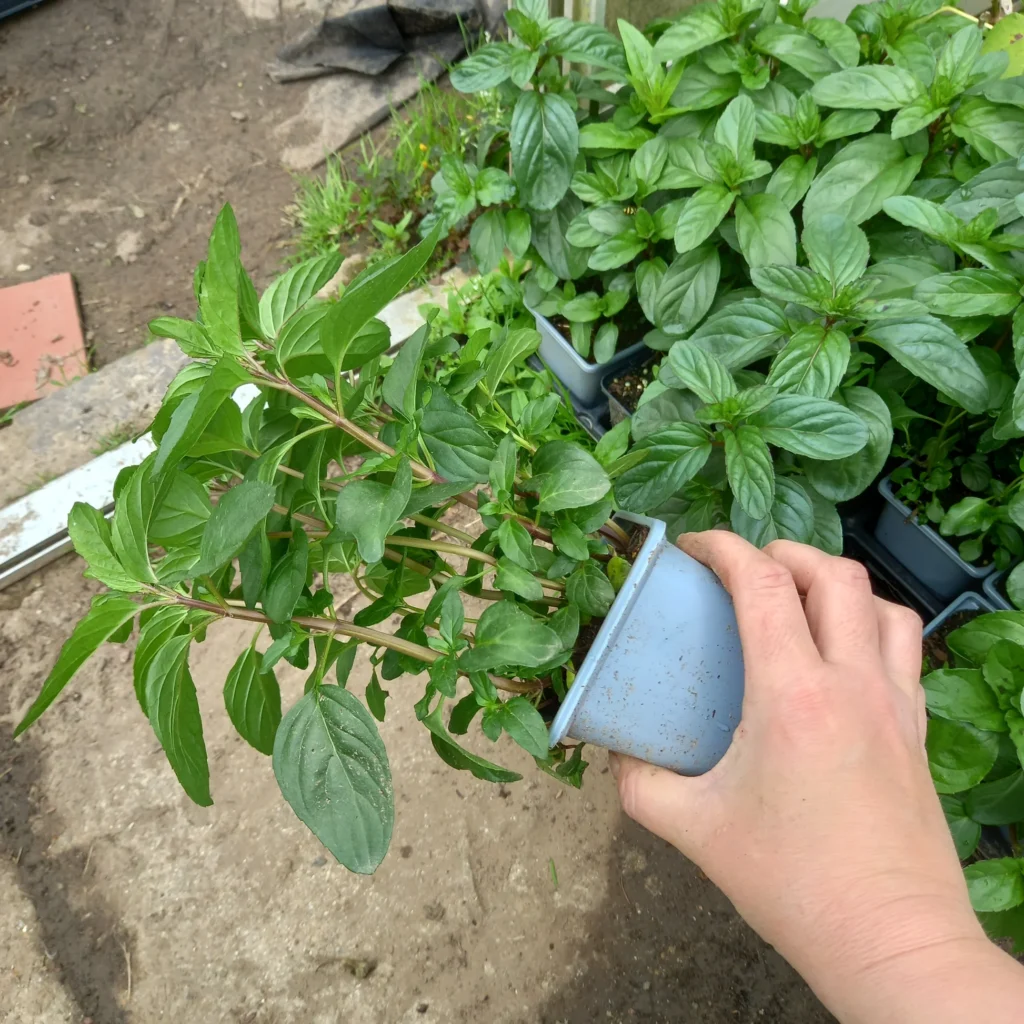
10. Basil Mint (Mentha × piperita f. citrata ‘Basil’)
Basil Mint offers a fascinating fusion of mint’s freshness with the subtle sweetness of basil. Its smooth, dark green leaves carry a unique flavor profile perfect for adding depth to pasta dishes, pestos, and herbal teas. Basil Mint thrives in full sun to partial shade and consistently moist, well-drained soil. It’s a vigorous grower that spreads quickly, making it ideal for container gardening. Its unusual scent and flavor combination make it a fun, unexpected addition to any herb collection.
Final Thoughts:
With so many unique flavors, scents, and textures, mint plants go far beyond the ordinary. From classic Peppermint to the sweet hints of Pineapple Mint and the cocoa notes of Chocolate Mint, these varieties can truly spice up your herb garden. Grow them in pots to keep their vigorous growth in check, and enjoy endless culinary, medicinal, and ornamental uses.
